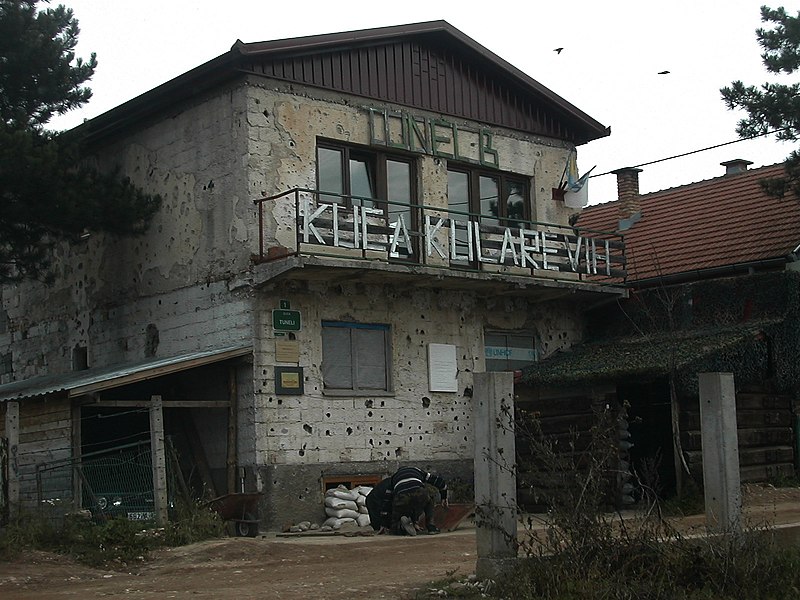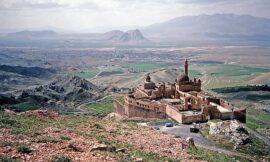The Sarajevo War Tunnel, also known as the Tunnel of Hope, is a poignant reminder of one of the darkest chapters in the history of Sarajevo and Bosnia and Herzegovina. Constructed during the siege of Sarajevo in the early 1990s, the tunnel played a crucial role in providing a lifeline for the besieged city and its inhabitants, enabling the transportation of essential supplies, humanitarian aid, and even people in and out of the city amidst the devastating conflict.
The siege of Sarajevo, which lasted from April 1992 to February 1996, was the longest siege of a capital city in the history of modern warfare. During this period, the city was surrounded by Bosnian Serb forces, who subjected it to relentless bombardment and sniper fire, resulting in widespread destruction, death, and suffering among its civilian population.
In response to the dire humanitarian situation and the need to maintain communication and supply lines with the outside world, residents of Sarajevo, with the help of the Bosnian Army, embarked on the ambitious project of constructing an underground tunnel that would connect the city with the Bosnian-controlled territory beyond the besieged area.
The Sarajevo War Tunnel, stretching for approximately 800 meters (0.5 miles) underneath the airport runway, provided a vital link between the besieged city and the free territory beyond. Built in secret and under perilous conditions, the tunnel served as a lifeline for Sarajevo, allowing the transportation of food, medicine, weapons, and other essential supplies into the city, as well as the evacuation of wounded civilians and the sick.
The construction of the tunnel was a remarkable feat of engineering and determination, carried out under the most challenging circumstances. Workers dug through the rocky soil using pickaxes and shovels, often working in darkness and facing the constant threat of enemy attacks. Despite the dangers and hardships, they persevered, driven by a shared desire to alleviate the suffering of their fellow citizens and ensure the survival of their city.
Today, a section of the Sarajevo War Tunnel has been preserved as a museum and memorial, allowing visitors to learn about this extraordinary chapter in Sarajevo’s history and pay tribute to the resilience and courage of its people. The museum features exhibitions of photographs, artifacts, and multimedia displays that document the siege of Sarajevo, the construction of the tunnel, and the experiences of those who lived through this harrowing period.
Visitors to the Sarajevo War Tunnel Museum can also walk through a portion of the original tunnel, experiencing firsthand the claustrophobic conditions and the sense of urgency that characterized life in Sarajevo during the siege. For many, the tunnel serves as a powerful reminder of the human cost of war and the strength of the human spirit in the face of adversity.
In conclusion, the Sarajevo War Tunnel stands as a powerful symbol of hope, resilience, and defiance in the face of unimaginable hardship. As a testament to the courage and ingenuity of Sarajevans during one of the darkest periods in the city’s history, it serves as a reminder of the importance of preserving memory, bearing witness, and striving for peace in the aftermath of conflict.



